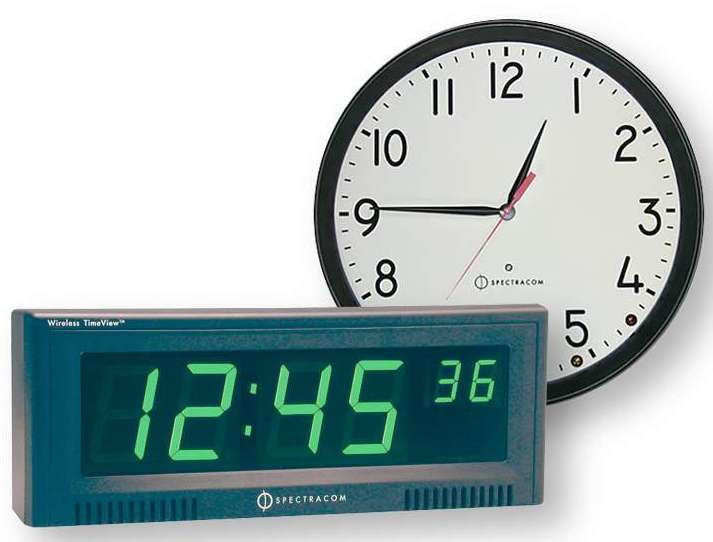Analog and digital technology are two types of tech that have distinct characteristics and applications. They each have unique advantages and disadvantages, making them suitable for different purposes. Understanding the differences and similarities between analog and digital signals is essential in various fields, including communication, electronics, and data processing. In the following discussion, we will explore the features, uses, and comparisons of analog and digital signals, shedding light on their respective roles in modern technology and everyday life. Analog signals are continuous waveforms, while digital signals are discrete and represented as binary numbers
Understanding Analog Technology
Definition of Analog
Analog technology refers to the representation of data or information in a continuous wave format. This can include sound, light, and temperature, among others.
Characteristics of Analog Technology
Analog technology is characterized by continuous signals, which have an infinite number of values within a given range. Unlike digital signals, which are discrete, analog signals can take on any value.
Continuous Signals
Analog technology relies on continuous signals, where the data is represented by a continuous stream of information, providing a smooth and natural representation of the original source.
Analog technology involves the processing of signals in their original form, without the need for conversion into discrete values. This process allows for a direct representation of the original data, making it ideal for certain applications such as audio and video transmission.
Understanding Digital Technology
Digital technology is a form of electronic technology that uses discrete, discontinuous values to represent information. It is based on binary code, where data is represented using combinations of just two different symbols: 0 and 1. Unlike analog technology, which uses continuous signals, digital technology utilizes discrete signals that provide a more accurate and reliable representation of the original information. This allows for more efficient storage, processing, and transmission of data, making digital technology the preferred choice in many modern applications.
Digital technology is characterized by its ability to accurately and efficiently represent and process information using binary code. It provides greater fidelity and reliability compared to analog technology, making it ideal for a wide range of applications, from telecommunications and computing to digital media and electronic devices. Its discrete nature allows for precise manipulation, storage, and transmission of data, enabling advanced functionality and performance. The use of binary code also makes digital technology more resistant to noise and distortion, resulting in clearer and more accurate communication and representation of information.
Digital technology uses discrete signals, which are distinct, separate values that can be precisely controlled and manipulated. These signals are represented using binary code, allowing for accurate and reliable transmission and processing of information. The use of discrete signals in digital technology enables greater precision and efficiency compared to analog technology, leading to improved performance and functionality across various applications.
Binary code is a fundamental component of digital technology, serving as the basis for representing and processing data. It utilizes combinations of just two symbols, 0 and 1, to encode and communicate information. This system of binary digits allows for efficient and reliable storage, transmission, and manipulation of data, making it essential in modern digital systems and devices. The use of binary code enables the precise and accurate representation of information, facilitating advanced functionalities and capabilities in diverse technological domains.
Comparing Analog And Digital Technologies
When comparing analog and digital technologies, it’s important to consider various factors:
| Signal Transmission | Analog signals are continuous and can experience signal degradation, while digital signals are discrete and less prone to interference. |
| Accuracy | Digital technology offers higher accuracy due to the precise representation of data, while analog technology may have limitations in accuracy. |
| Noise | Analog signals are susceptible to noise and interference, whereas digital signals can be more immune to noise. |
| Storage and Retrieval | Digital data can be stored and retrieved with minimal degradation, whereas analog data storage may lead to quality loss. |
| Speed | Digital technology allows for faster transmission and processing of data compared to analog technology. |
| Reliability | While both analog and digital technologies have their risks, digital systems tend to offer greater reliability in many applications. |
Frequently Asked Questions For Analog and Digital – Full Comparison
What Are The Main Differences Between Analog And Digital Technologies?
Analog technology utilizes continuous signals, while digital technology uses discrete data to represent information, affecting sound, image, and data processing.
How Do Analog And Digital Devices Impact Sound Quality?
Analog devices offer a smooth sound reproduction, while digital devices provide more accurate sound replication, offering versatility in sound modification and manipulation.
In What Ways Do Analog And Digital Technologies Impact Photography?
Analog cameras capture images on film, imparting a distinct character, while digital cameras capture images using electronic sensors, enabling instant viewing, sharing, and editing.
Conclusion
As technology advances, the choice between analog and digital becomes more complex. Both have their merits, catering to different preferences. Ultimately, the decision depends on individual needs and priorities. Understanding the strengths and limitations of each medium is crucial when making informed choices for personal or professional use. Remember that neither is inherently superior; rather, it’s all about finding the right fit for your circumstances and goals.


